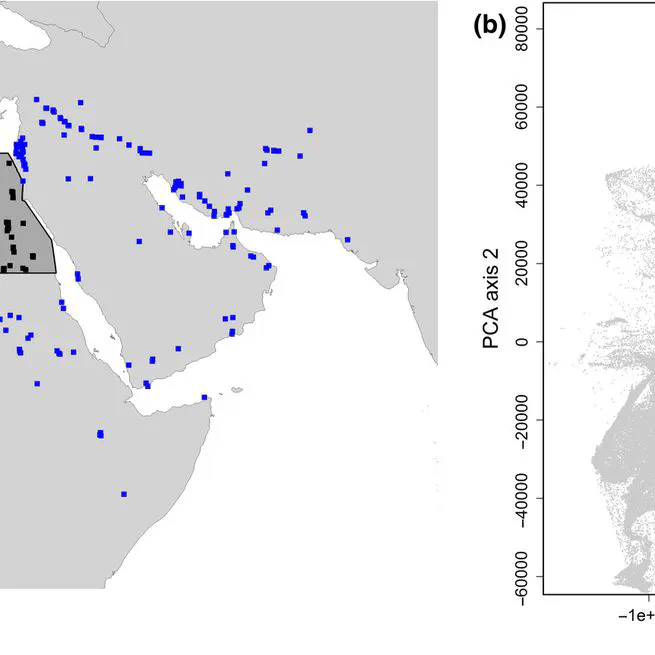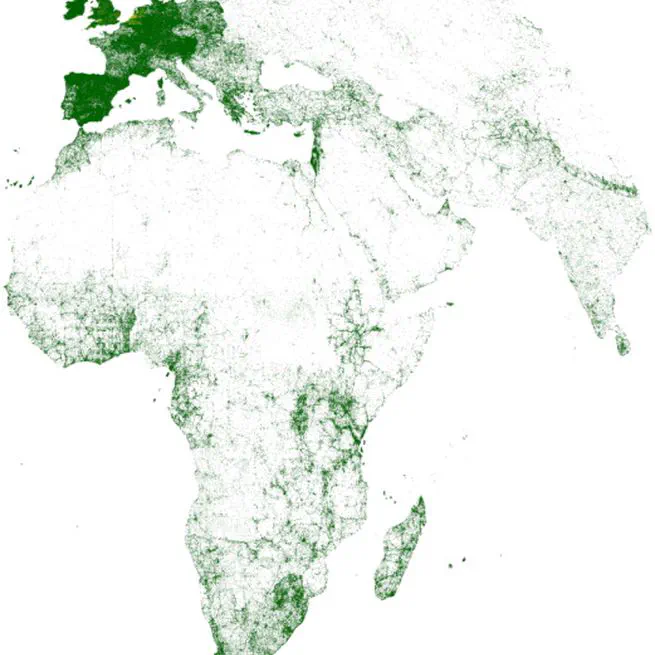
Spatial conservation prioritisation in data-poor countries: a quantitative sensitivity analysis using multiple taxa Running title: User decisions affect conservation planning Authors: Ahmed El-Gabbas1*, Francis Gilbert2, Carsten F. Dormann1 1 Department of Biometry and Environmental System Analysis, University of Freiburg, D-79106 Freiburg, Germany 2 School of Life Sciences, University of Nottingham, Nottingham, United Kingdom * Corresponding author – E-Mail: elgabbas@outlook.
Jun 21, 2020
Detailed information on cetacean distribution is crucial to identify large-scale conservation actions and management decisions. Understanding the ecological drivers behind their spatial patterns in the Southern Ocean is complicated by whales’ mobility and the logistic restrictions in collecting data in polar environments.
Dec 8, 2019

Wrong, but useful: regional species distribution models may not be improved by range-wide data under biased sampling Ahmed El-Gabbas Carsten F. Dormann https://doi.org/10.1002/ece3.3834 10.1002/ece3.3834 Species distribution modeling (SDM) is an essential method in ecology and conservation.
Jan 1, 2018

Main Supervisor:Prof. Carsten F. Dormann, Department of Biometry and Environmental System Analysis, University of Freiburg, Germany. Second Supervisor:Prof. Francis Gilbert, School of Life Sciences, Nottingham University, Nottingham, UK.
Jan 1, 2018

El-Gabbas A. & Dormann C. F.: Improved species-occurrence predictions in data-poor regions: using large-scale data and bias correction with down-weighted Poisson regression and Maxent. Ecography DOI: 10.1111/ecog.03149. Appendix 1: Supplementary figures and tables Table A1: The estimated optimum combination of Maxent’s feature classes (FC) and Regularization Multiplier (RM) for each species and bias model type.
Jan 1, 2018